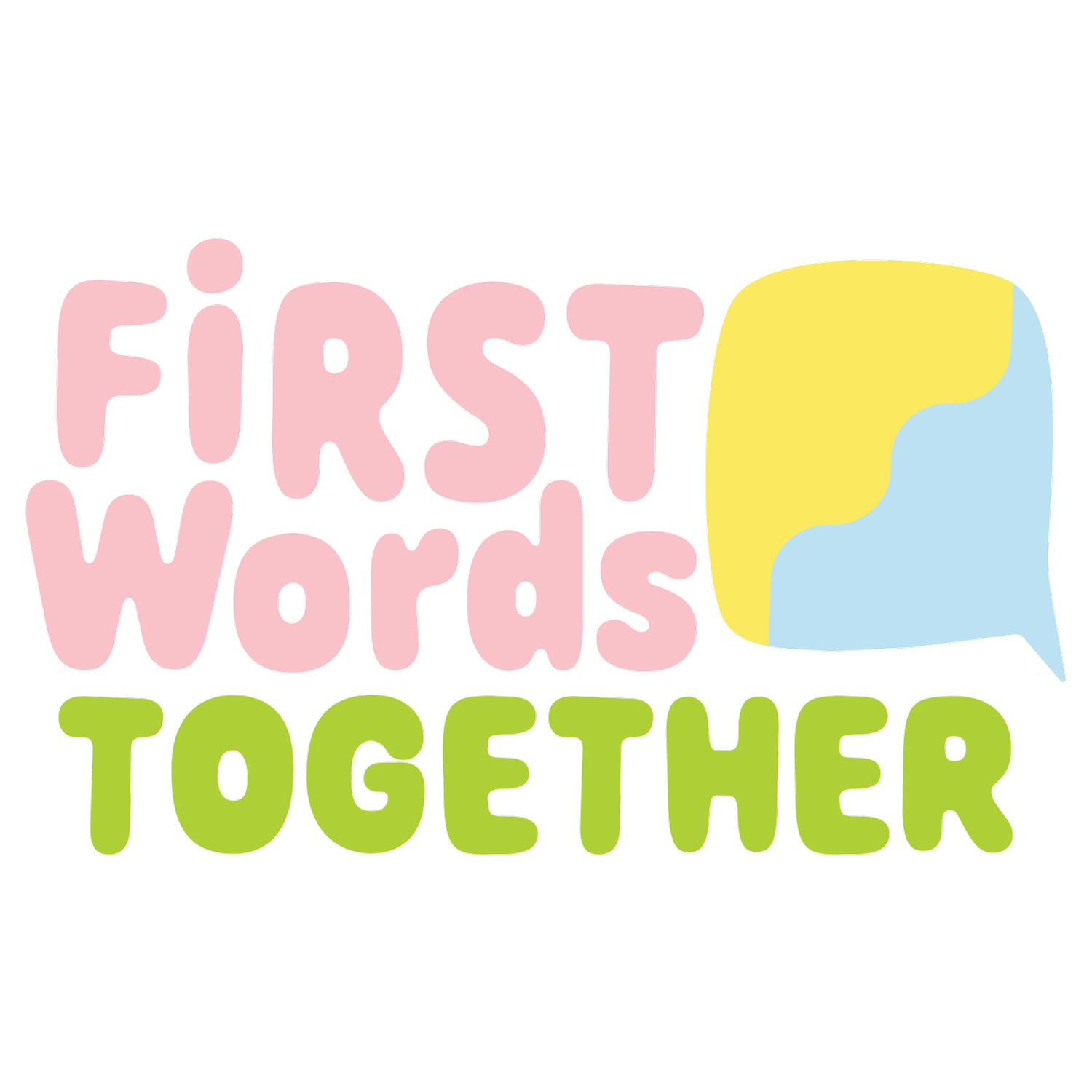What Do We Know About Thriving Kids? Understanding Australia’s New Early Intervention Framework
Imagine this: you are in the kitchen preparing dinner while your toddler is nearby. They point to the banana on the counter, and you say, “You want the banana? Let’s peel it together.” They smile and repeat, “Banana!” That simple back-and-forth, a shared moment of attention, words, and joy! It is one of the small but powerful building blocks of what we call thriving kids.
In Australia, the new framework called Thriving Kids aims to support families and children earlier. Especially those aged 0-8 with mild to moderate developmental needs. This article explores what thriving kids means in this context, why early communication matters, and how you can use everyday routines and play to support your child’s growth.
What Does “Thriving Kids” Mean?
When we use the phrase thriving kids, we mean children who are connected, confident, and able to communicate, not merely meeting milestones but engaging in meaningful play, relationships, and learning.
The Thriving Kids program, announced by the Australian Government, is designed for children aged eight and under who have low to moderate support needs due to developmental delay or autism.
The idea is to intervene earlier, using support in everyday settings like early learning, schools, maternal and child health services, instead of relying solely on the major disability scheme NDIS.
In plain terms: thriving kids are those whose foundations for language, play and connection are strong, and whose families feel capable and confident in supporting that development.
Why Early Communication and Connection Matter
Consider the brain like a garden being watered in the first years of life. When children receive rich interactions, meaningful talk, shared routines, playful turns, their neural “plants” grow strong.
Research shows that the earlier we support language, interaction and participation, the better chances children have to build social skills, self-regulation and learning readiness.
Thriving Kids recognises this: it commits to detecting and supporting developmental concerns earlier.
If your child is supported early in communication and play, the chances of them thriving, not just surviving, increase significantly.
What’s Changing with the Thriving Kids Framework?
Here are some of the key facts:
The Government has committed A$2 billion over five years, starting from 1 July 2026, toward the Thriving Kids initiative.
The program targets children under 9 with mild to moderate developmental delay or autism, who currently may receive support via the NDIS. From mid-2027, new entrants in this category may become eligible for Thriving Kids rather than the NDIS.
The NDIS will continue to support children with significant and permanent disability, but the shift means many children may be supported through community-based, everyday services instead of individual, high-cost plans.
Delivery will emphasise mainstream settings, early childhood centres, playgroups, health clinics, rather than purely clinical or specialist settings. or parents, this means that the idea of helping your child thrive through everyday connection, play and communication is even more aligned with national strategy.
How Families Can Support Thriving Kids Every Day
You don’t need a therapy room or fancy equipment — the essence of supporting thriving kids lies in everyday moments. Here are five actionable strategies:
Play Together Regularly
Play is the primary way children explore language, make meaning and practise interaction. Follow your child’s lead: if they’re pretending the teddy is hungry, join in with a phrase like “Teddy’s dinner time” and wait. That pause gives space for your child to respond or lead next.
Such moments strengthen your child’s communication muscles and connection with you.
Talk During Daily Routines
Mealtimes, bath time, grocery shopping – these are rich with opportunity. As you fold laundry you might say: “This is the blue sock, this is the red one.” Or while cooking: “You are stirring the soup. Stir slowly.”
These descriptive statements build vocabulary and help link language to action and environment.
Pause, Wait and Respond
Giving your child time to respond matters. After you speak or model a phrase, pause. Wait for their sound, gesture or word. Respond with enthusiasm when they do. This turn-taking builds interaction skills and confidence in their voice being heard.
Celebrate Effort and Connection
Celebrating progress doesn’t mean waiting for perfect sentences. If your child communicates with a gesture or a single word, acknowledge it: “Thank you for pointing to the truck! You told me what you wanted.”
These moments affirm that their communication matters and supports thriving kids by reinforcing that connection and participation.
Empower Yourself
The Thriving Kids framework emphasises the role of families and everyday environments in supporting children. You are not just a parent waiting for someone else to fix things, you are the primary coach, guide and main communication partner for your child.
If you feel unsure or stuck, connecting with a speech pathologist who uses a coaching model (like taking you through strategies you can embed at home) can give you tools and confidence.
